After a world premiere in November last year, the new 2014 Honda City has officially been launched in the Indian market. Two engines are available in India – a 1.5 litre i-VTEC petrol as well as a 1.5 litre i-DTEC turbodiesel. The petrol unit now uses a CVT gearbox with paddle shifters instead of a five-speed auto, and can also be had with a five-speed manual. The diesel engine, meanwhile, is mated to a six-speed manual.
The 1.5 litre i-DTEC engine has plenty of torque – 200 Nm at just 1,750 rpm, with a peak output of 100 PS at 3,600 rpm. That’s more torque than a Honda Civic 2.0. We managed to try the diesel on a Brio Amaze mule back in late 2012, but there’s probably no chance for the i-DTEC to make it to the Malaysian market, so let’s take a closer look at the 1.5 i-VTEC.
The new City’s 1.5 litre i-VTEC engine produces 119 PS at 6,600 rpm and 145 Nm of torque at 4,600 rpm. This is 1 PS less than the engine in the current City sold in Malaysia, as well as the same peak torque, but the full 145 Nm kicks in 200 rpm earlier.
Improvements to the petrol engine include a tweaked i-VTEC system, friction reduction (low tension oil seal, zigzag piston pattern coating), fuel consumption (exhaust gas recirculation EGR, valve timing, double needle plug) and weight reduction via an integrated resin intake manifold.
Measuring 4,440 mm long, the 2014 Honda City is just 25 mm longer than the current car but the new wheelbase length of 2,600 mm is a significant 50 mm more, which means that overhangs have been minimised. The longer wheelbase (which matches the Nissan Almera’s) translates into greater interior space, which now includes rear air con vents.
The longer platform rides on MacPherson struts at the front and a H-shaped torsion beam at the rear. Steering is via an EPS system. The car has the option for ABS brakes and the airbag count maxes at two for the highest spec car, but unfortunately none of the Indian spec cars will get stability control.
Will Honda Malaysia offer VSA stability control on all variants of the City here? This important safety feature is available on the E and E+ variants of the current-generation City – a one-up on that would be great!
The new car was developed at the Honda R&D Centre in Tochigi following extensive market surveys in India, ASEAN countries, as well as other markets. It will be sold in 60 markets, with India being the first. From what we’ve heard at last year’s Tokyo Motor Show, it will also go on sale in Japan with a hybrid engine.
Since the diesel engine is the more important one for India, deliveries for that model will start immediately, with the i-VTEC version of the car to come in February.
Enjoy the videos and mega gallery including live photos from today’s launch as well as the world premiere in November last year, thanks to Shrawan from IAB.
Looking to sell your car? Sell it with Carro.

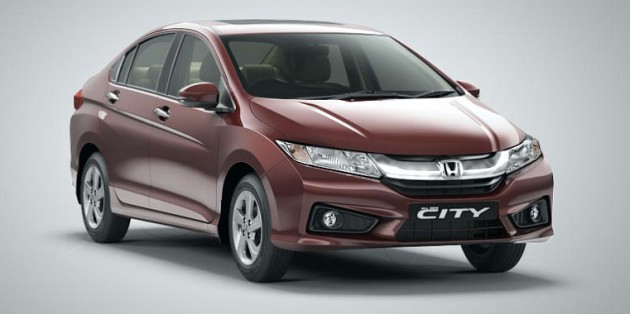
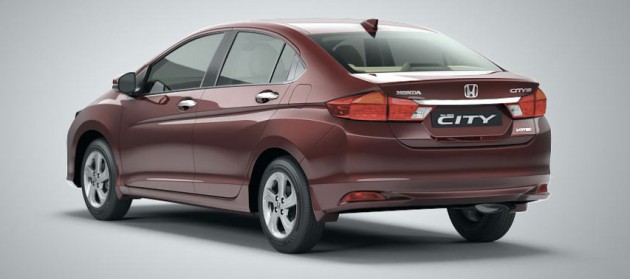
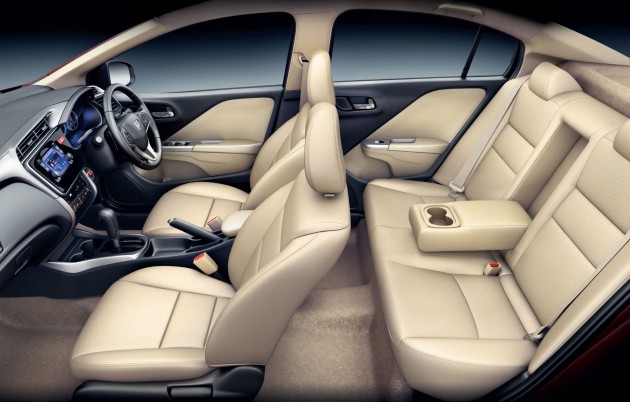
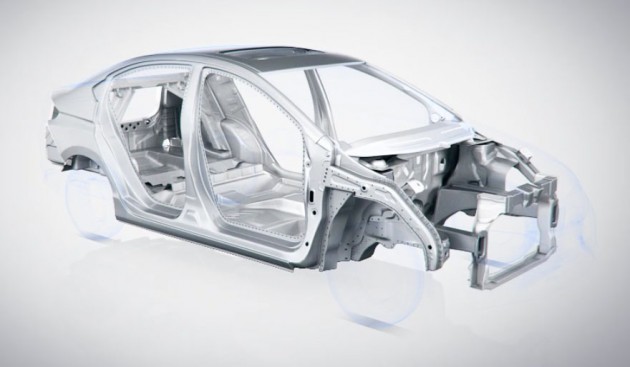
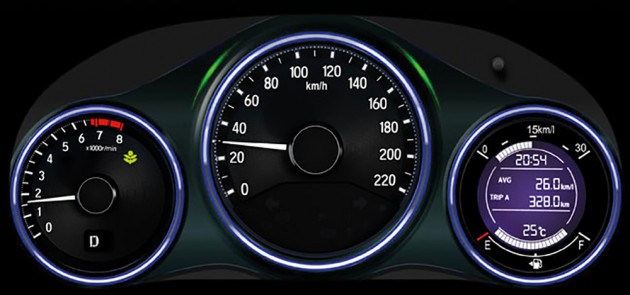
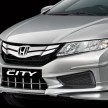
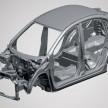
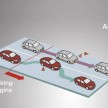
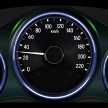
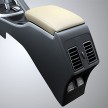

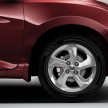
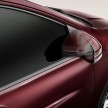
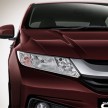
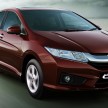
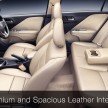

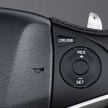
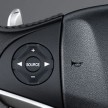
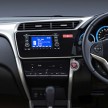
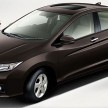
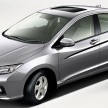
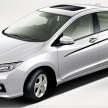
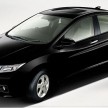
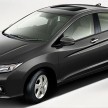

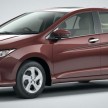
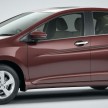
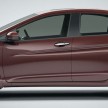
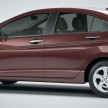
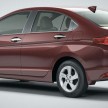
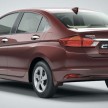
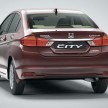
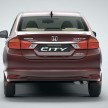
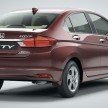
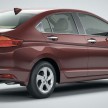
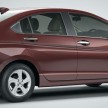
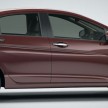
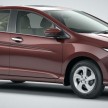
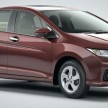
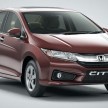
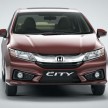
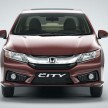
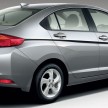
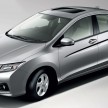
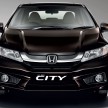
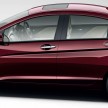
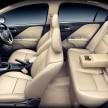
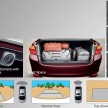

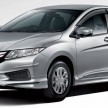
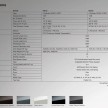
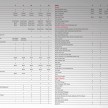
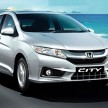

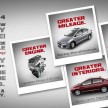
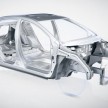
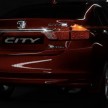
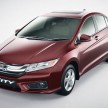
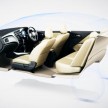
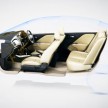
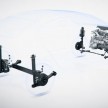
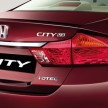
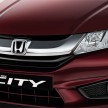
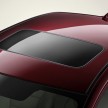
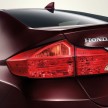

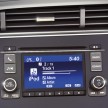
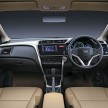
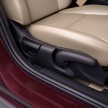
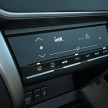
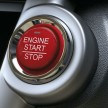
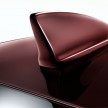
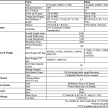
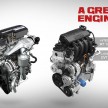
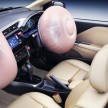
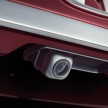
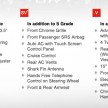
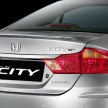
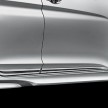
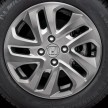
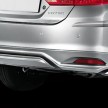
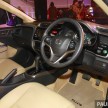
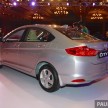
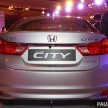
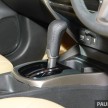
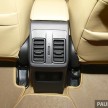
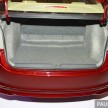
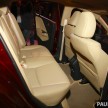
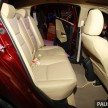
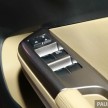
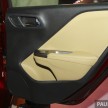
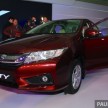
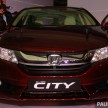
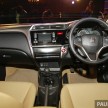

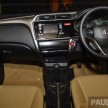

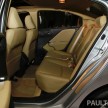
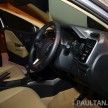



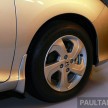
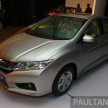
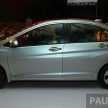
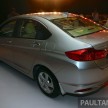
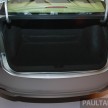
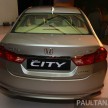
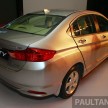
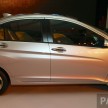
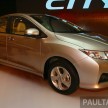
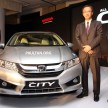
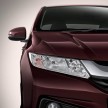
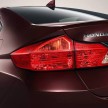
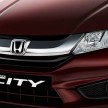
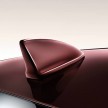
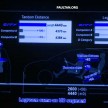
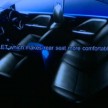

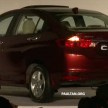
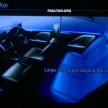
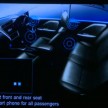
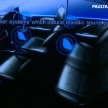




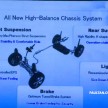
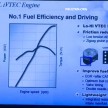
























AI-generated Summary ✨
Comments on the 2014 Honda City in India expressed mixed feelings about its design, with many finding the exterior unattractive and comparing it unfavorably to look-alikes like BMW 3 Series. Several commenters mentioned that the front grille and overall styling appeared outdated or dull, while interior upgrades, such as more premium materials and added features like rear air vents, were appreciated. Some critics felt Honda's recent designs lack the individuality of previous models, and a few highlighted safety concerns, like the limited number of airbags or the inclusion of CVT transmissions, which they prefer to avoid. Despite aesthetic criticisms, there was generally positive acknowledgment of the car's improved engine technology and spacious interior, though many hope local specifications and features will match the Indian version.